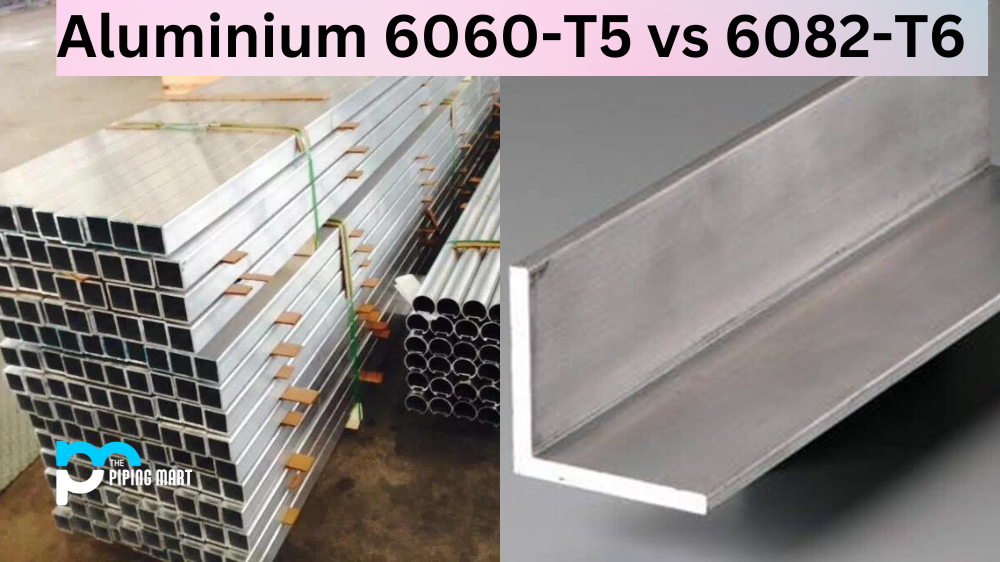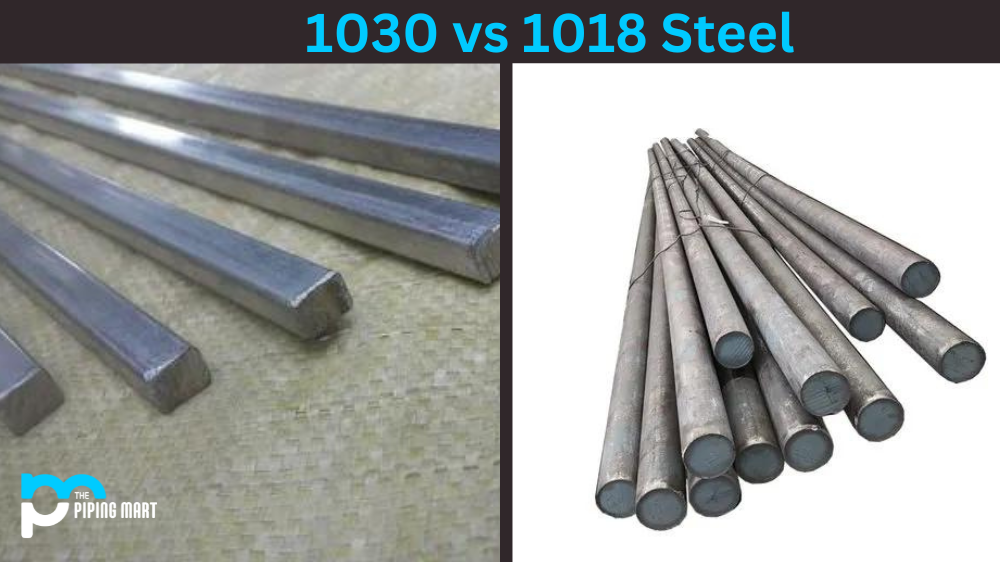When it comes to the electrical heating device industry, alloys play a major role. Alloys are metals that are made up of two or more different elements. They have a wide range of properties, making them ideal for many applications. In the case of electrical heating devices, certain alloys are used to provide optimal performance. Let’s take a look at some of the most commonly used alloys in this industry.
Nickel-Chromium Alloy (Nichrome)
One of the most common alloys used in electrical heating devices is a nickel-chromium alloy, commonly known as nichrome. The composition of this alloy typically consists of 80% nickel and 20% chromium, although other elements can be added to the mix depending on the application. Nichrome has been used in electrical applications since 1905 due to its durability and high resistance to corrosion and oxidation at high temperatures. It’s also highly resistant to wear and tear, making it an ideal choice for use in electric heaters.
Iron-Chromium Alloy (FeCr)
Another popular alloy used in electrical heating devices is iron-chromium alloy, often referred to as FeCr or ferrochrome. This alloy is composed of iron and chromium, with additional elements such as silicon or manganese added to enhance its properties. FeCr has a higher melting point than pure iron, making it suitable for use in electric furnaces that require operating temperatures over 1,000°C (1,832°F). Additionally, this alloy has good thermal conductivity and excellent wear resistance, which makes it well-suited for use in electric heaters.
Copper-Nickel Alloy (CuNi)
Copper-nickel alloy is another type of alloy commonly used in electrical heating devices. This alloy is composed primarily of copper and nickel, with other elements such as aluminum or tin added for improved performance characteristics. CuNi has excellent corrosion resistance even at elevated temperatures, which makes it an ideal material for use in electric heaters that require long life spans without maintenance or repairs. Additionally, its superior thermal conductivity makes CuNi well-suited for use in electric furnaces where rapid heat transfer is important.
Conclusion:
Alloys are crucial components when it comes to electrical heating devices because they provide superior performance characteristics like durability, corrosion resistance, and thermal conductivity that make these types of devices effective and efficient tools for many applications across various industries. Nickel-chromium alloy (nichrome), iron-chromium alloy (FeCr), and copper-nickel alloy (CuNi) are just some examples of alloys commonly used in electrical heating devices due to the excellent properties that make them ideal materials for these types of applications. Leveraging these alloys can help improve the overall performance of your device while reducing maintenance costs over time which can ultimately save you money down the line!

Pipingmart is a B2B portal that specializes in metal, industrial and piping items. Additionally, we share the latest information and information about materials, products and various types of grades to assist businesses that are involved in this business.




